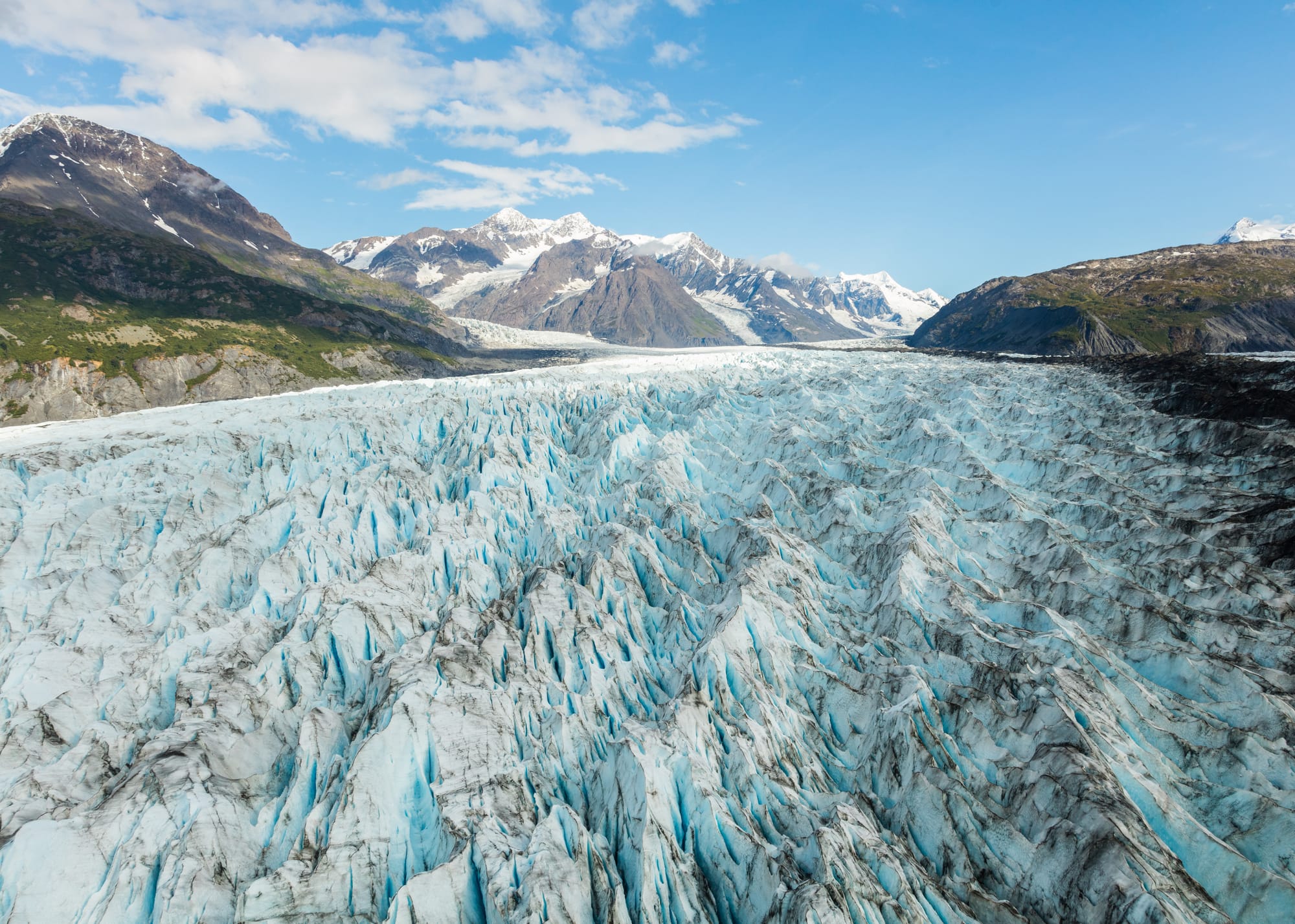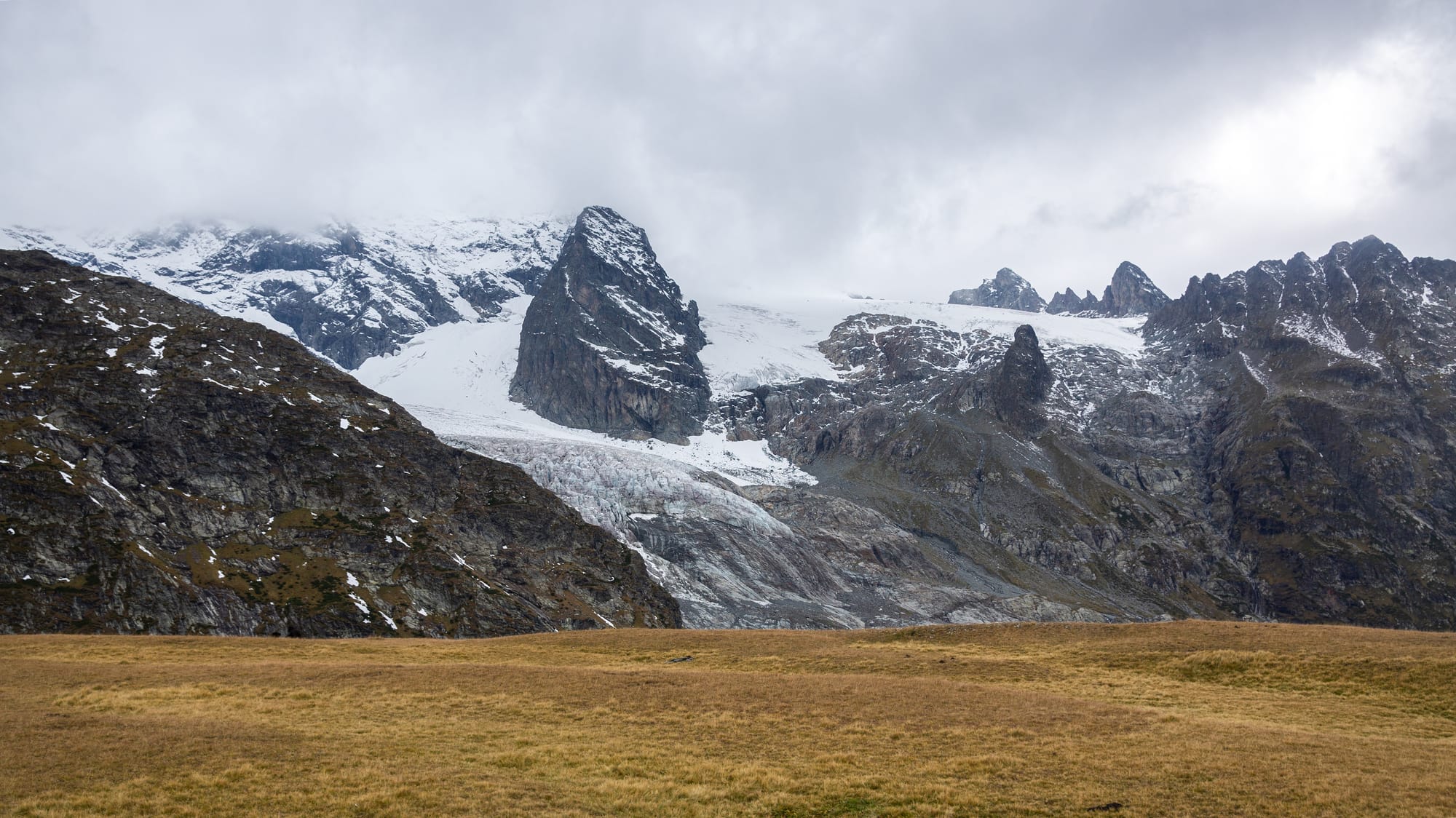Despite a massive geothermal blanket installed by the Venezuelan government in a final attempt to resuscitate it, as of spring 2024 the nation has become the first in modern history to lose all of its glaciers.
With the extinction of the eponymous glacier on Pico Humboldt (4,942m), Venezuela’s second-highest summit, the Andean nation has lost its sixth—and last remaining—glacier. The Humboldt is now classified as an ice field.
The news, while not unexpected, marks a sad day for the people of Venezuela’s Mérida state, home to the nation’s highest peaks and (formerly) glaciers. “Venezuela’s glaciers are not the first to disappear, some have disappeared in Colombia and other countries,” said Alejandra Melfo, an astrophysicist at Mérida’s Universidad de los Andes. “What happens is that Venezuela had [so] few and all [were] in the Sierra Nevada … That is why it is the first country to run out of glaciers.”
A 2020 study published in the academic journal Arctic, Antarctic, and Alpine Research reported that between 1952 and 2019, Venezuela’s glacier coverage decreased from over 2,300 square kilometers to a mere 0.046 square kilometers, a staggering 99.998% reduction.
Though scientists knew the Humboldt Glacier, also known as “La Corona,” was on its way out the door, experts did not expect it to die so quickly, with estimates just a couple of years ago predicting it would last at least another decade. Warm climes from the 2023 El Niño reportedly accelerated its decline.
Currently, the other nations in the Americas with glaciers are Canada, the United States, Colombia, Peru, Ecuador, Bolivia, Argentina, Chile, and Mexico. The latter, which only has one glaciated peak left, Pico de Orizaba (5,636m) will likely be next in line for total glacial extinction. Outside the Americas, Indonesia and Slovenia are also on the chopping block.
“This is an extremely sad record for our country, but also a unique moment in our history,” Luis Daniel Llambi, an ecologist at Adaptation at Altitude, an Andean climate change mitigation program, told The Guardian.
“[It provides] an opportunity to communicate the reality and immediacy of climate change impacts, [and] also to study the colonization of life under extreme conditions, and the changes that climate change brings to high mountain ecosystems.”
For Mérida locals, the disappearance of La Corona is disheartening, but long expected. “We had said goodbye to him a long time ago,” Jayme Bautista, a mountaineer and environmental consultant, told The Washington Post. “It’s sad, but inevitable.”
What is a glacier?
Glaciers are large masses of ice that have formed due to the accumulation of snow over centuries. According to the United States Geological Survey (USGS), they typically exist where average annual temperatures reach near-freezing levels and winter precipitation causes significant accumulations of snow.
Glaciers are currently present on every continent and in approximately fifty countries, with the majority in Pakistan, which is home to around 7,000 named glaciers. In total, glaciers cover about 10% of Earth’s land surface, but a 2023 Science study suggests that as much as 83% of Earth’s 215,000 terrestrial glaciers could disappear by 2100.
This presents obvious detriments for mountaineers, skiers, and other alpine athletes, but more importantly for surrounding communities. Glaciers contain over three-quarters of Earth’s freshwater, so they present a vital source of water for communities in alpine regions around the peaks, releasing water gradually as melt during warmer months. This steady supply is crucial for drinking water, irrigation, and hydropower generation, especially in arid regions.
In addition, meltwater from glaciers often carries nutrient-rich sediment, which enriches soils downstream and supports fertile agricultural areas. This glacial meltwater also maintains stream habitats for various plants and animals, supporting biodiversity and contributing to healthy ecosystems. Glaciers also play a role in regulating local and regional climates by reflecting sunlight and influencing weather patterns.

What makes a glacier extinct?
While the ice field that formerly composed the Humboldt Glacier has not completely vanished, it has been declared extinct by the International Climate and Cryosphere Initiative (ICCI). Glacial extinction is an inexact criteria which varies between evaluating bodies, but a glacier is generally declared extinct when it has lost its ability to flow and regenerate, and is no longer a significant body of ice.
Humboldt has been declared extinct, Llambi explained, both due to its miniscule size and because it “does not have an accumulation zone and is currently only losing surface, with no dynamic accumulation or expansion.”
Per the American USGS, any ice field smaller than 25 acres (0.1 sq km) can no longer be considered a glacier. Satellite imagery reveals the Humboldt Glacier is now less than 5 acres (0.02 sq km), down from an original size of over 1,110 acres (4.5 sq km).
As noted above, Mexico, Indonesia, and Slovenia will likely be the next countries in the world to lose their glaciers, the former two due to their equatorial location, the latter because of the relatively low elevation of its alpine regions. Africa’s only glaciers, on Tanzania’s Kilimanjaro (5,895m) and Kenya’s Mt. Kenya (5,199m), are also rapidly retreating.
The issue of glacial loss is disheartening, but it also presents an opportunity for transnational collaboration and innovation. From establishing artificial glaciers (or “ice stupas”) to investment in water conservation technologies, there are many strategies we can explore to minimize the detrimental effects of climate change as much as possible.
Readers are encouraged to support high-impact climate nonprofits, vote for candidates promoting environmentally protective policies, and (most importantly) to stay positive!

